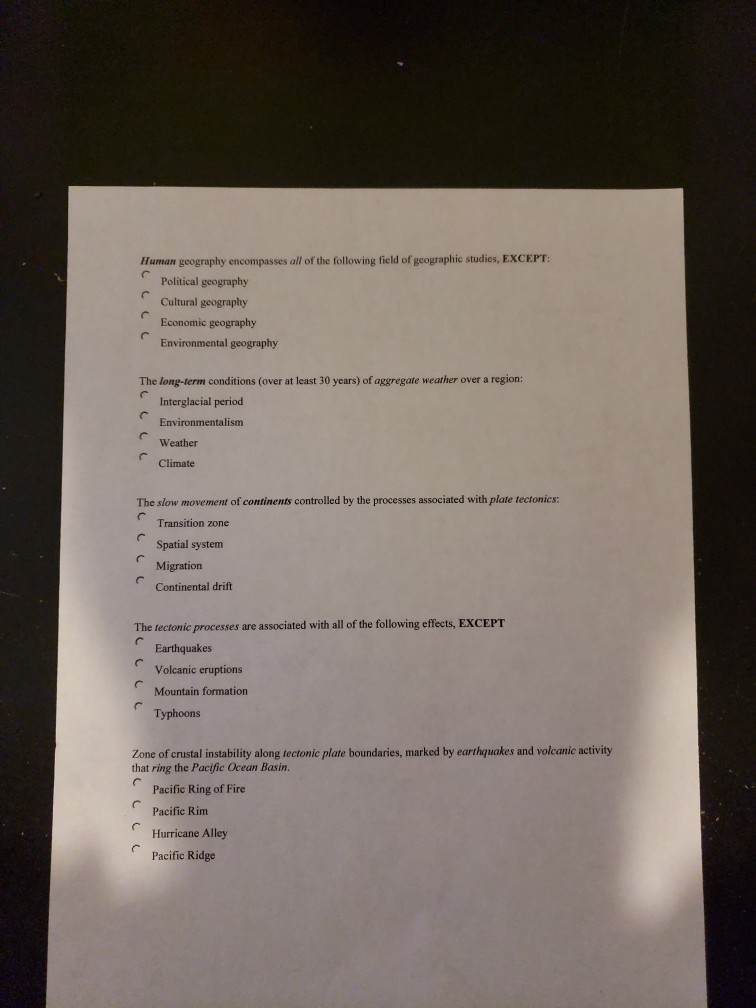Car Battery Health: How to Check Without a Multimeter
Car battery health: how to check without a multimeter
Your car battery is the heart of your vehicle’s electrical system. Without a healthy battery, you’re gone nowhere fasting. While a multimeter is the well-nigh accurate tool for check battery health, not everyone own one or know how to use it decent. Luckily, there be several reliable methods to assess your battery’s condition without specialized equipment.
Why battery health matter
Before diving into testing methods, it’s important to understand why monitor your battery’s health is crucial. A fail battery can leave you strand at the nearly inconvenient times. Regular checks can help you anticipate problems before they happen, specially before extreme weather conditions that tend to push weak batteries to failure.
Most car batteries last between 3 5 years depend on usage patterns, climate, and vehicle type. Know your battery’s age is the first step in assess its health. If your battery is approach the 3-year mark, it’s wise to be more vigilant about check its condition.
Visual inspection: your first line of defense
A thorough visual inspection can reveal a lot about your battery’s health:
Check for physical damage
Examine the battery case for cracks, bulges, or leaks. A damage case oftentimes indicates internal problems and require immediate replacement. Battery acid is corrosive, hence wear gloves and eye protection when inspect intimately.
Look for corrosion
White, green, or blue powdery deposits around the terminals suggest corrosion. While this doesn’t need mean your battery is fail, corrosion can interfere with the electrical connection and reduce power flow to your vehicle.
If you spot corrosion, you can clean the terminals use a mixture of bake soda and water. Disconnect the battery (negative terminal start ) scrub the affected areas with an old toothbrush dip in the solution, rinse with water, and dry good before rereconnect p(itive terminal start ).
)
Check the case color
Many batteries have a charge indicator window on top that change color base on the battery’s state. Typically:
- Green: good charge level
- Black / dark: battery needs charge
- Clear / yellow: battery may need replacement
Note that not all batteries have this feature, and the color indicators may vary by manufacturer.
Inspect for swell
A swollen battery case indicate internal damage, much from overcharge or extreme heat. This is a serious condition that require immediate replacement.
The headlight test: quick and simple
This straightforward test require no tools and can be performed in minutes:
- Make sure your vehicle is park in a position where you can see the headlights reflect off a wall or garage door.
- Turn on the headlights without start the engine.
- Observe the brightness of the headlights for 2 3 minutes.
- If the lights maintain their brightness, your battery potential have a good charge.
- If the lights dim importantly within this short period, your battery is potential weak or fail.
For an additional check, turn on the engine while the headlights are on. The headlights should brighten somewhat when the engine starts. If they dim alternatively, this could indicate a problem with your charge system kinda than the battery itself.
The starting test: listen cautiously
How your car starts can tell you a lot about battery health:
Normal starting
A healthy battery will start your car quickly with a strong, consistent cranking sound. The engine should turn over instantly without hesitation.
Slow cranking
If the engine turn over slow or the crank sound seem labored, your battery may be lost its capacity. This is specially told if the slow cranking is consistent across different weather conditions.
Click sound
A rapid clicking sound when you turn the key indicate that the battery have enough power to engage the starter solenoid but not enough to turn the starter motor. This is a clear sign of a weak battery.
No sound at entirely
If you turn the key and hear nothing (not still click ) while dashboard lights are dim or hit, your battery may be entirely dead or have a poor connection.
The dashboard light test
Your vehicle’s dashboard can provide clues about battery health:
- Turn the key to the” on ” osition without start the engine.
- Observe the brightness of the dashboard lights.
- Dim lights suggest a weak battery.
- If the battery warning light stay on after start the engine, this indicates a charge system problem that could affect battery health.
The component test
This test checks if your battery can handle multiple electrical loads:
- With the engine off, turn on the headlights, radio, interior lights, and if it’s not besides cold, the heater fan.
- Let these run for around 5 minutes.
- If the lights maintain brightness and everything usually run, your battery potential have a good charge.
- If components begin to slow down, dim, or stop work, your battery is weak.
The hydrometer test
For batteries with removable caps (not seal maintenance free batteries ) a hydrometer can measure the specific gravity of the electrolyte in each cell. While this does require a special tool, it’s inexpensive and easier to use than a multimeter.
A hydrometer measure the concentration of sulfuric acid in the electrolyte, which correlate with charge level. Higher readings indicate a better charge. Most hydrometers have color code zones that make interpretation easy.
If you decide to use a hydrometer:

Source: sportystoolshop.com
- Wear protective gloves and eyewear.
- Remove the battery caps cautiously.
- Draw electrolyte from each cell into the hydrometer.
- Record the reading for each cell.
- Significant differences between cells (more than 0.05 points )indicate a problem.
The load test with headlights
This test simulates the load place on your battery when start the car:
- Turn on the headlights for 10 15 minutes with the engine off.
- Try to start the engine with the headlights’ stillness along.
- If the car start usually and the headlights maintain brightness, your battery is in good condition.
- If the headlights dim importantly during start or the engine cranks slow, your battery is weak.
The voltage drop test without a multimeter
While not amp precise as use a multimeter, you can estimate voltage drop by observe your car’s electrical systems:
- Turn on the headlights and note their brightness.
- Have someone start the engine while you watch the headlights.
- The headlights will usually will dim slender during will start, so will return to full brightness or become brighter once the engine is run.
- If the headlights dim dramatically during start or don’t return to full brightness, your battery or charge system may have issues.
Use a battery load tester
While not a multimeter, a battery load tester is another tool that’s comparatively easy to use. These devices simulate the load of start your engine and provide a simple pass / fail result. Many auto parts stores sell affordable load testers that are more user-friendly than multimeters.
Free battery testing at auto parts stores
Most major auto parts retailers offer free battery testing. If you’re unsure about your battery’s condition and don’t want to invest in testing equipment, this is an excellent option. Stores like autozone, o’rally, advance auto parts, and many others provide this service with no purchase require.
They use professional equipment that test both the battery and charge system, give you a comprehensive assessment of your vehicle’s electrical health.
Warn signs of a failing battery
Beyond specific tests, be alert for these warning signs in your daily driving:
Electrical issues
Flicker headlights, power windows operate more slow than usual, or a radio that cut out can entirely indicate battery problems.

Source: asapguide.com
Intermittent starting problems
If your car starts alright sometimes but struggles at others( specially in cold weather), your battery may be fail.
Rotten egg smell
A sulfurous odor around the battery suggest its leak or overcharging, both serious conditions require immediate attention.
Need for frequent jump starts
If you have need to jump start your car more than erstwhile in recent months, your battery is potential fail.
Maintain your battery for longer life
While check battery health is important, proper maintenance can extend its lifespan:
Keep it clean
Regularly clean the terminals and case to prevent corrosion build up. A wire brush and bake soda solution work easily for this task.
Secure it decently
Make sure your battery is hard secure in its mount bracket. Excessive vibration can damage internal components and shorten battery life.
Limit short trips
Frequent short trips without give the alternator enough time to recharge the battery can lead to an inveterate undercharged state. Try to take longer drives occasionally to ensure full charging.
Avoid extreme temperatures
Both extreme heat and cold can reduce battery life. If possible, park in a garage during severe weather.
Turn off electronics before start
Reduce the load on your battery during start by turn off lights, radio, and climate control before turn the key.
When to replace your battery
Yet with perfect maintenance, all batteries finally need replacement. Consider replacement if:
- Your battery is more than 4 years old and show any signs of weakness
- The case is damage, swollen, or leak
- You systematically have start problems
- Multiple tests indicate weak performance
- Your driving habits include frequent short trips in extreme weather
Conclusion
While a multimeter provide the well-nigh accurate assessment of battery health, these alternative methods can give you a good indication of your battery’s condition. Regular checks use these techniques can help you avoid the inconvenience and potential danger of being stranded with a dead battery.
Remember that batteries tend to fail in extreme temperatures, so it’s specially important to check your battery before winter cold or summer heat arrive. By being proactive about battery maintenance and testing, you can ensure your vehicle start faithfully when you need it about.
If you’re always in doubt about your battery’s condition, the free testing services at auto parts stores provide a no cost way to get a professional assessment. When it come by car batteries, it’s invariably better to replace a questionable battery than to be stranded with a dead one.
MORE FROM techitio.com













